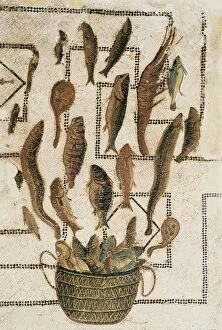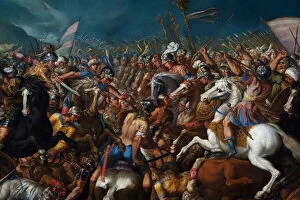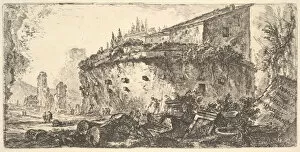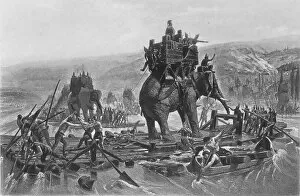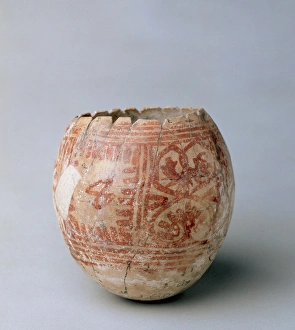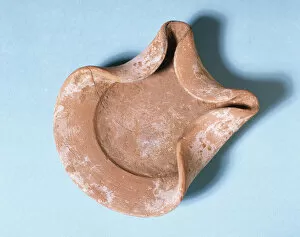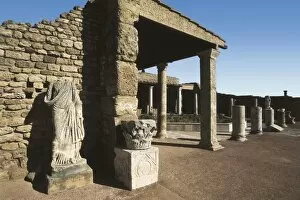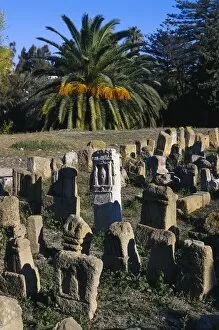Punics Collection
"Punics: Unveiling the Legacy of Carthage" Step into the ancient world as we explore the captivating history of the Punics
All Professionally Made to Order for Quick Shipping
"Punics: Unveiling the Legacy of Carthage" Step into the ancient world as we explore the captivating history of the Punics. From their renowned military leaders to their intricate artwork, this civilization has left an indelible mark on our understanding of antiquity. Gaze upon the majestic bust of Hannibal Barca, a brilliant strategist whose name still resonates today. His feats are immortalized in Roman art, depicted in a tile mosaic showcasing an array of vibrant fish that symbolize prosperity and abundance. Coins offer us glimpses into Punic life, with one featuring Hannibal himself on its obverse side and a mighty elephant on its reverse - emblematic of his audacious campaign against Rome. Another coin introduces us to Hiero II of Syracuse, highlighting alliances forged amidst political turmoil. Delve deeper into Punic culture with artifacts like the Villaricos ostrich egg dating back to 6th century BC – a testament to their craftsmanship and artistic prowess. The Fight between Scipio Africanus and Hannibal unfolds before your eyes through vivid depictions capturing their epic clash. Witness historical events etched in time; experience Licinio Giulio's portrayal of The Attack on Cartagena after 1566 – a visual narrative that transports you straight into battle. Explore Sepolcro della famiglia de Scipioni, an awe-inspiring tomb paying homage to illustrious members from the Scipio family. Travel along Taranto's port (Tarentum) circa 1764 and imagine bustling trade routes connecting distant lands under Punic influence. A miniature illustration from Plutarch's "Vie d'Hannibal" takes you inside Naples during Hannibal's reign – witness his army standing tall within city walls. Hannibal crossing the Rhone comes alive through Jean-Adrien Guignet's painting from 1878; feel the tension as he leads his troops across treacherous waters.


